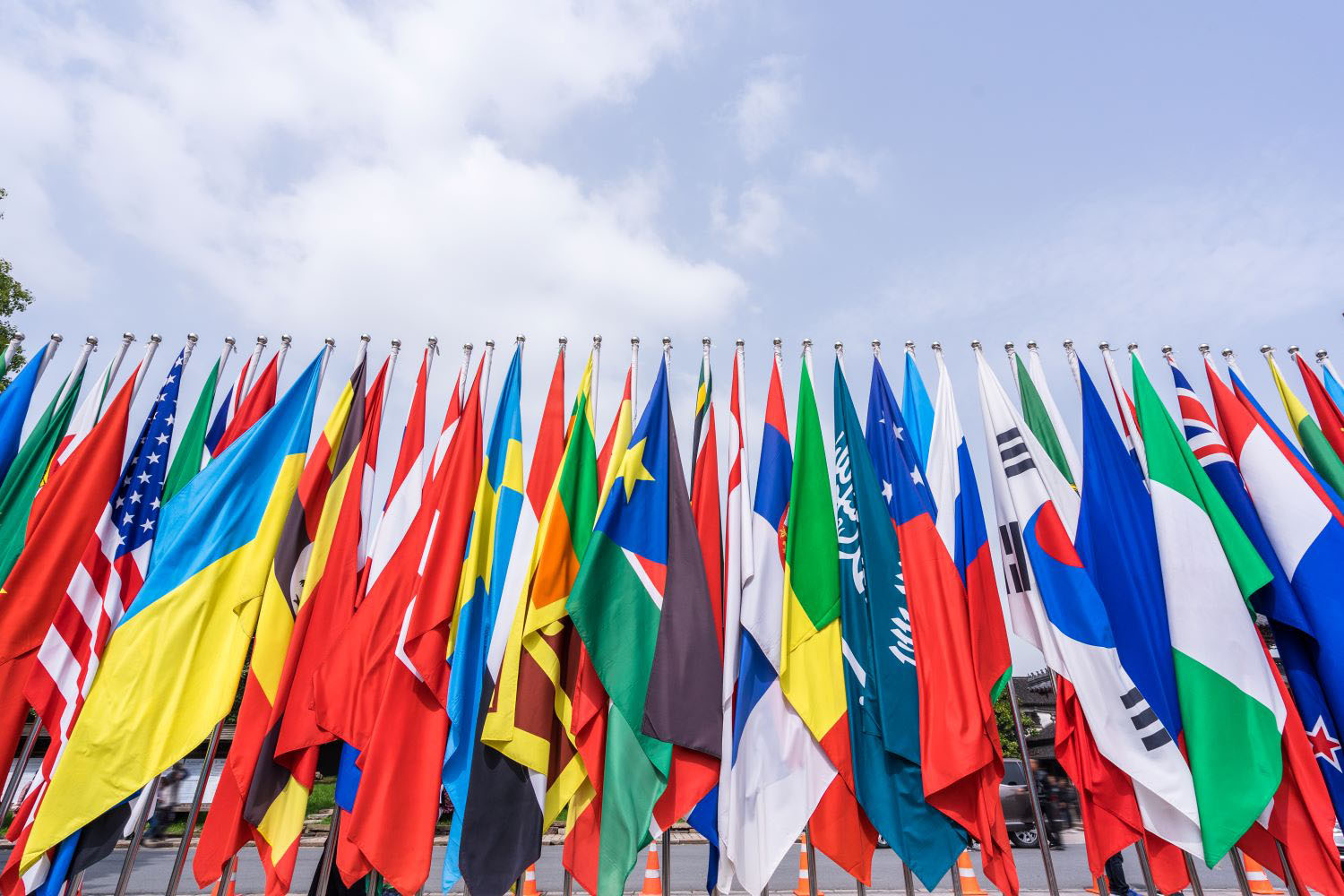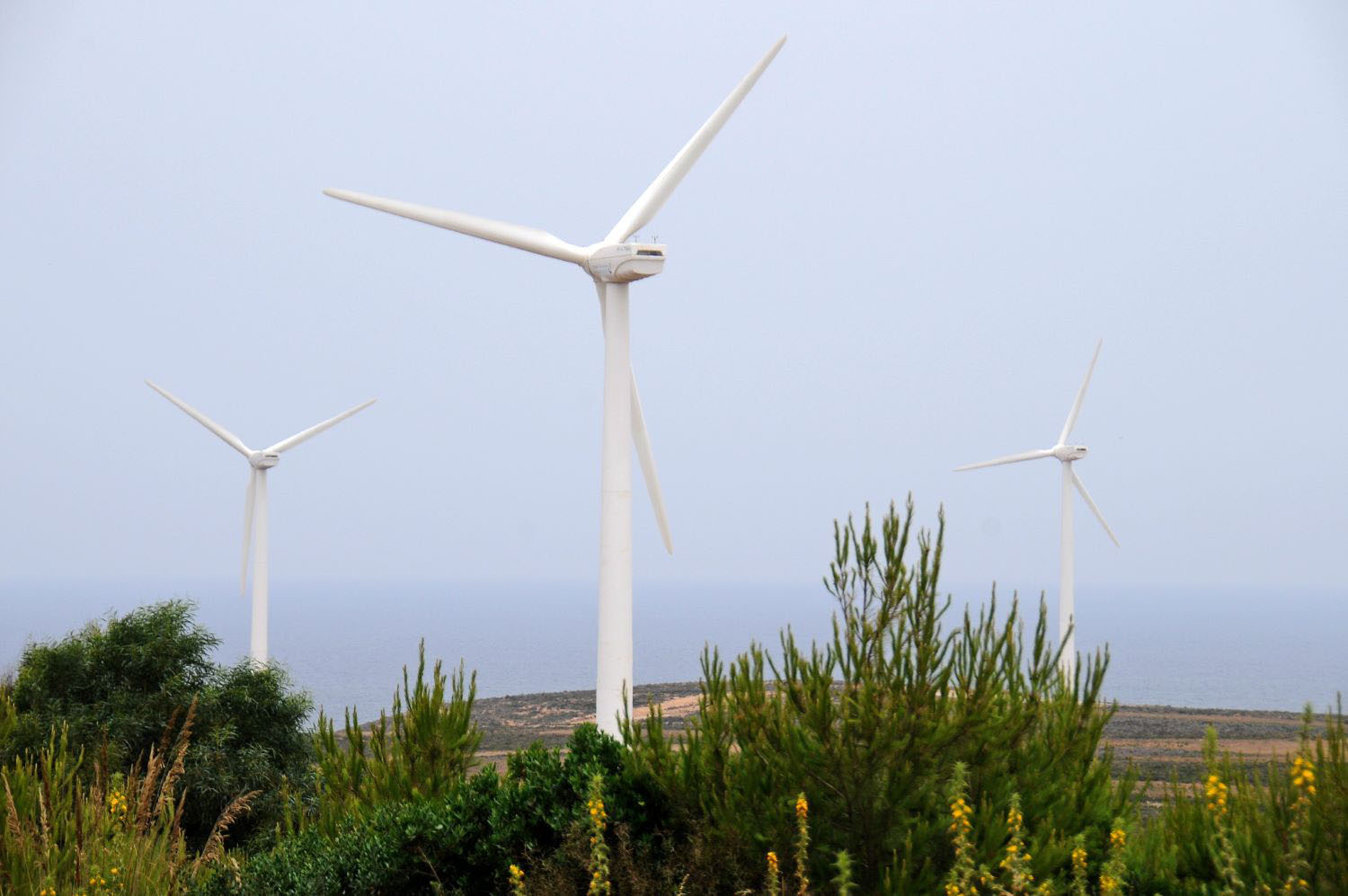Recommended


POLICY PAPERS
This paper maps the landscape of non-DAC cooperation providers with the view of understanding how they engage in development cooperation. This is done in three parts. First, using qualitative information compiled primarily from country sources, we map the current cooperation priorities of 54 non-DAC providers that were identified as having formal institutions for managing outward development cooperation. Our data provides a snapshot of the volumes, modalities, and sectoral and regional priorities of non-DAC providers, highlighting differences across cooperation providers at different levels of income. Second, we complement our mapping with five short case studies that provide a brief history of how the cooperation programs of five provider countries—Indonesia, Mexico, South Africa, Türkiye, and the United Arab Emirates—developed over time, with a focus on mapping changes in cooperation priorities and understanding the contexts that inform shifting trends. These cases highlight the influence of political and economic contexts on how countries cooperate—including where cooperation is targeted and how much is provided—as well as the specific international spaces for development dialogue through which they engage. Third, we develop a simple framework for identifying differences in the degree to which providers are willing to partner through shared spaces and activities for development, identifying four broad groups of non-DAC cooperation providers that differ in terms of their openness to multi-partner cooperation for development and capacity to engage. We measure “openness” using a novel composite indicator that captures participation in international forums, reporting development data to shared repositories, participation in triangular cooperation, and contributions to multilateral and regional institutions. Our analysis shows that most non-DAC providers show openness to multi-partner engagement for development, however, whether and how such openness can be transformed into more active cooperation—if not deeper collaboration—for development, including between DAC and non-DAC actors, remains to be seen.
Este documento realiza un mapeo del panorama de los proveedores de cooperación no pertenecientes al Comité de Ayuda al Desarrollo (DAC, por sus siglas en inglés) con el objetivo de comprender cómo se involucran en la cooperación para el desarrollo. Se divide en tres partes. En primer lugar, utilizando información cualitativa recopilada principalmente de fuentes nacionales, se mapean las actuales prioridades de cooperación de 54 proveedores no pertenecientes al DAC que se han identificado como aquellos que cuentan con instituciones formales para gestionar la cooperación para el desarrollo en el extranjero. Nuestros datos ofrecen una visión general de los volúmenes, modalidades y prioridades sectoriales y regionales de los proveedores no pertenecientes al DAC, destacando las diferencias entre los proveedores de cooperación en distintos niveles de ingresos. En segundo lugar, complementamos este mapeo con cinco estudios de caso breves que presentan una breve historia de cómo evolucionaron los programas de cooperación de cinco países proveedores: Indonesia, México, Sudáfrica, Turquía y los Emiratos Árabes Unidos, centrándonos en los cambios en las prioridades de cooperación y en la comprensión de los contextos que influyen en las tendencias cambiantes. Estos casos resaltan la influencia de los contextos políticos y económicos en cómo los países cooperan, incluyendo los destinos de la cooperación y la cantidad proporcionada, así como los espacios internacionales específicos de diálogo para el desarrollo en los que participan. En tercer lugar, desarrollamos un marco sencillo para identificar las diferencias en el grado en que los proveedores están dispuestos a colaborar a través de espacios y actividades compartidas para el desarrollo, identificando cuatro grupos amplios de proveedores no pertenecientes al DAC que difieren en términos de su apertura a la colaboración con múltiples socios para el desarrollo y su capacidad para participar. Medimos la "apertura" utilizando un indicador compuesto novedoso que captura la participación en foros internacionales, la presentación de datos de desarrollo en repositorios compartidos, la participación en cooperación triangular y las contribuciones a instituciones multilaterales y regionales. Nuestro análisis muestra que la mayoría de los proveedores no pertenecientes al DAC muestran apertura a la participación con múltiples socios para el desarrollo. Sin embargo, queda por ver si y cómo esta apertura puede transformarse en una cooperación más activa, e incluso en una colaboración más profunda para el desarrollo, incluyendo la colaboración entre actores del DAC y no pertenecientes al DAC.
Rights & Permissions
You may use and disseminate CGD’s publications under these conditions.
Image credit for social media/web: Adobe Stock





